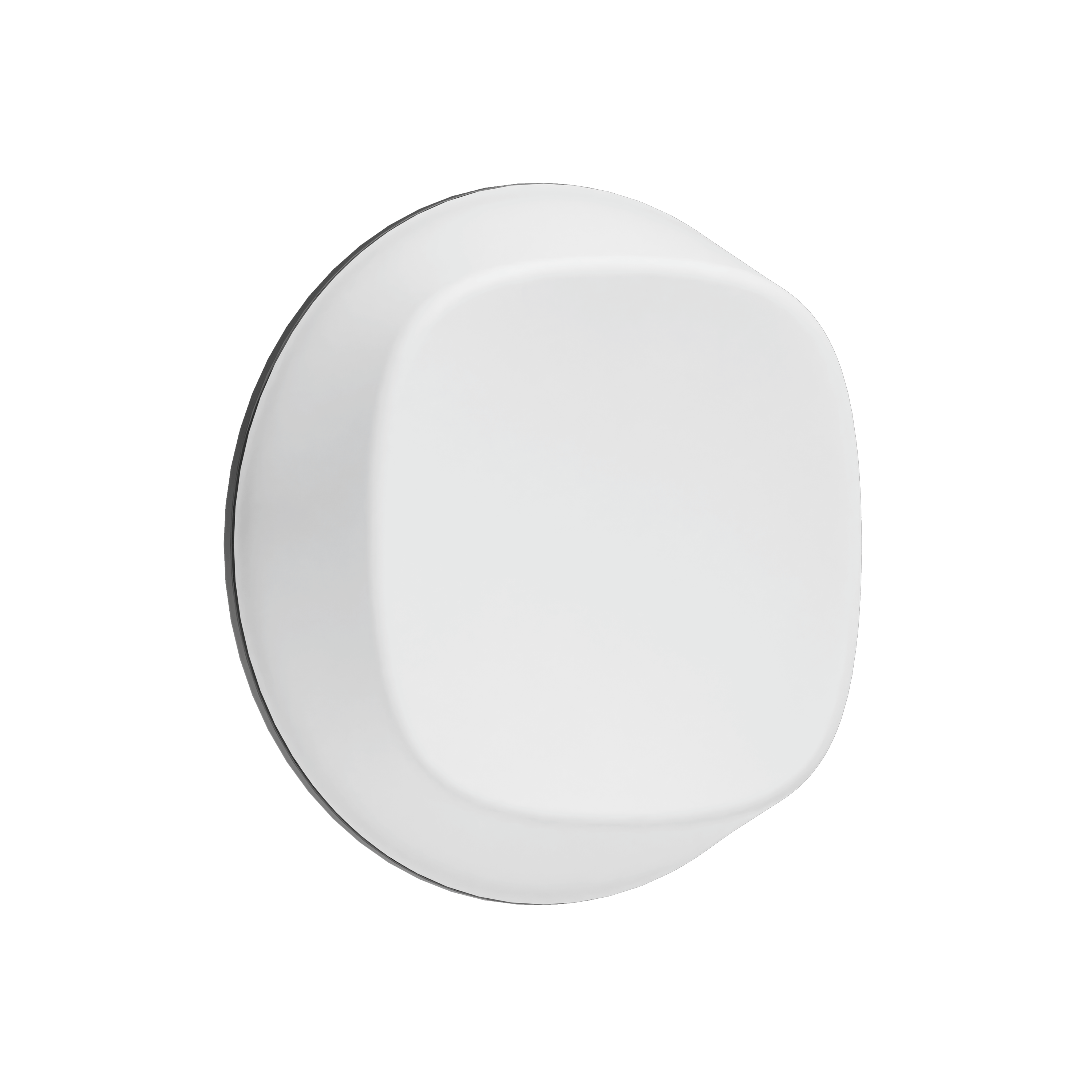IoT has the potential to revolutionize the healthcare sector.
Benefits of Using IoT in Healthcare.
Remote Patient Monitoring
Monitoring vital signs and health parameters to remotely track patients' health.
Smart Medical Devices
Medical devices for real-time data collection.
Medication Management
More effective treatment.
Operational Efficiency
Tracking equipment usage, managing inventories to streamline workflows.
Telemedicine and Remote Consultation
24/7 health care.
Emergency Response and Fall Detection
Reliable monitoring for elderly care.
Healthcare IoT Solutions
Healthcare IoT solutions, leveraging IoT devices and sensors, encompass innovative technologies and practices that revolutionize healthcare. They improve patient care, operational efficiency, and access to remote services, fundamentally transforming healthcare delivery.
Remote Patient Monitoring
Enables continuous tracking of patient health data outside traditional healthcare settings, improving management of chronic conditions and post-hospital care.
Smart Medical Devices
Integrates sensors into medical equipment for real-time data collection, enhancing diagnostics, treatment, and patient outcomes.
Operational Efficiency
Optimizes hospital workflows by monitoring equipment usage, managing inventories, and automating administrative tasks for streamlined operations.
Telemedicine Services
Facilitates remote consultations and telehealth solutions, allowing patients to access healthcare services remotely and reducing geographical barriers.
Medication Adherence
Monitors medication schedules and dosage adherence, ensuring patients comply with prescribed treatments.
Emergency Response Systems
Utilizes sensors for rapid emergency responses and fall detection, enhancing safety for at-risk patients.
Healthcare – Use Case
Healthcare IoT – Use Case
Improving hospital hygiene with sensor monitoring.
In hospitals, maintaining hygienic measures is crucial, especially regarding water pipes. Contamination with Legionella can significantly impact patient health. Regular flushing of taps is essential to prevent such contamination, a task that was previously performed manually. Sensors have been installed on the taps to ensure that this task is carried out as required. These sensors have provided valuable data, offering further insights.
Analysis of the collected data revealed that taps were not being flushed at regular intervals. Additionally, it was found that staff did not wash their hands frequently enough. With this knowledge, the hospital was able to implement targeted measures to enhance hygiene practices.




